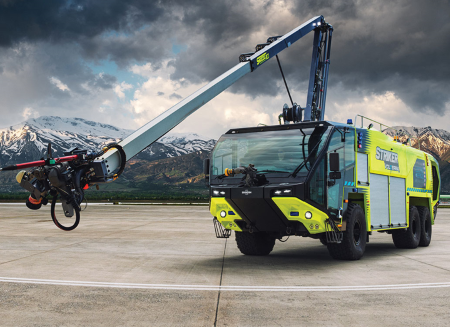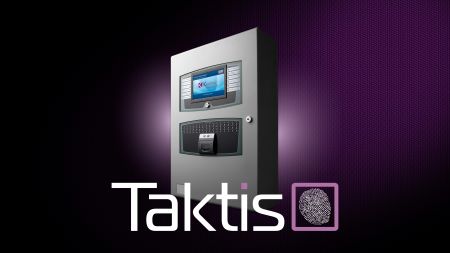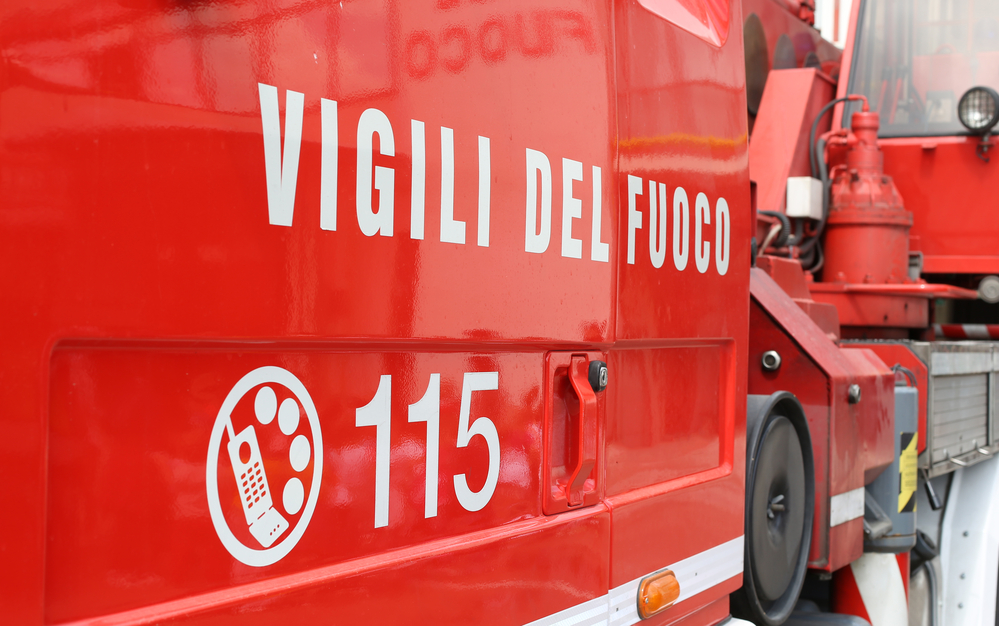The invariable environments on planet Earth call for different technologies in the face of fire. Today, we take a look at how fire vehicles conquer these challenges
The unmatched beauty of our world is sadly often overlooked in the current age. What is even more sad, perhaps, is the failure to recognise the beauty in all corners of the planet. The variances in ecosystems, biomes, flora and fauna species and climate is rich and stunning in equal measure (when you’re next amongst nature, I implore you to take a breath that little bit deeper; take in the scenery for just a moment longer; it adds some much-valued perspective in a world consumed by petty quarrels).
But as we all know – especially so, in recent years – Mother Nature is every bit beautiful as she is wrathful. With an ongoing climate crisis exacerbated by the meddling of man, beginning with the industrial revolution but really culminating within the last 20 years, we are beginning to see the planet push back against us. Drought, famine and wildfires are growing increasingly common, more ferocious and in more places than ever before. International firefighting services are stretched extremely thin as they work around the clock to quell wildfires and domestic fires of all kinds. It’s important to note that wildfires do not only run the potential risk of spreading to population centres with fatal results, but the havoc they wreak upon arable land, crops and woodlands, where many animal species we share our home with are at risk: wildfires do not threaten only us, but life in all its forms.
Thankfully, due to the constant innovation in the industry, we have the tools and the means necessary to fight and contain these fires. The problem, however, lies in the availability and distribution of these tools. One piece of equipment that is essential to every firefighting endeavour are the vehicles. The multifaceted roles fire vehicles adorn cannot be understated: not only are they a mode of transport for the people and equipment doing the firefighting, but they are also mobile bases of operations, where all planning and communication culminate; they are mobile water pumps for areas where water is few or nonexistent. They protect firefighters and equipment alike, so that firefighters and equipment may protect us.
It is not just limited to dense woodland, either: fire vehicles are tailored to thrive in any given environment, be it land, air, sea; urban or rural, they are made to challenge any and all environments planet Earth has to offer. Today, we will explore these in more depth and come to understand their key differences and what makes them so good at what they do.
Fire vehicles, or “engines” as the more colloquial term labels them, came from very humble beginnings. During the early days of established fire services, mechanised fire engines were nothing more than a water pump on wheels. Throughout the years they evolved alongside the fire service, going through many iterations: from manpower to horsepower, steam, coal, fuel and finally electrically-powered vehicles. It wasn’t until the last 60 or so years that fire engines have become less homogenised. With the constant reiteration of firefighting technology, fire vehicles were some of the last sectors to have these solutions integrated. Today, one fire station can have a vast fleet of different vehicles for the many demands modern civilisation calls for, including dominion over land, air and sea.
To read more news and exclusive features see our latest issue here.
Never miss a story… Follow us on:
![]() International Fire Buyer
International Fire Buyer
![]() @Firebuyer
@Firebuyer
![]() Fire Buyer
Fire Buyer
Media Contact
Louis Curtis
Editor, International Fire Buyer
Tel: +44 (0) 1622 823 922
Email: editor@firebuyer.com








